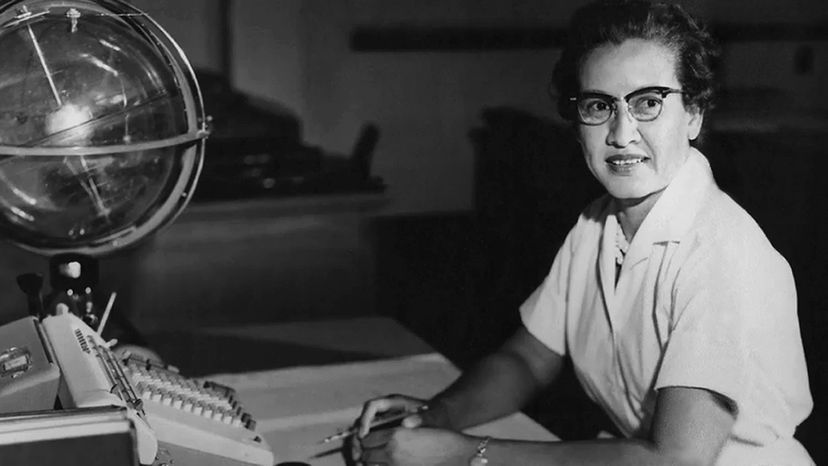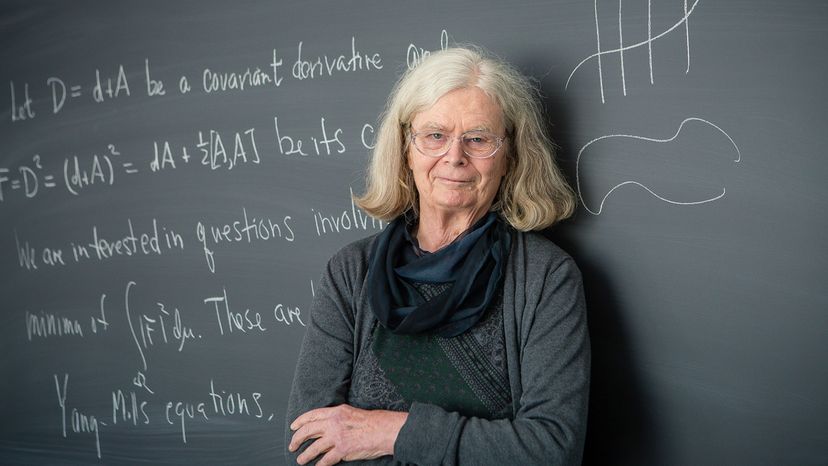Mathematician and cosmologist Ruth Gregory once said, "It is hard to overstate the importance of Noether's work in modern physics." Indeed, while it's tough for us laypeople to wrap our heads around it, "Noether's theorem" is one of the great scientific insights of the past century and laid the groundwork for abstract algebra and theoretical physics.
Born in Germany in the late 19th century to a mathematician father, Emmy Noether wasn't allowed to officially enroll in university, which was male-only. So she audited classes, passed all her exams and earned her undergraduate degree. She later earned a Ph.D. at another university that finally accepted women but wasn't allowed to hold a teaching position.
In 1915, a year after Albert Einstein published his general theory of relativity, the young Noether, then an unpaid lecturer at the University of Göttingen was summoned by a group of the world's leading mathematicians to help solve a problem with Einstein's revolutionary take on gravity. Unfazed, she proved why general relativity doesn't go against the established law of conservation of energy.
Three years later, she published her own groundbreaking theorem establishing the mathematical relationship between laws of conservation and something called symmetry. Noether's theorem — which isn't a theory, but a mathematical proof — proved that every law of conservation (energy, momentum, angular momentum, etc.) was bound to an associated symmetry in nature. Before this, scientists had not realized these were related.
With Noether's mathematical tool, physicists developed the Standard Model, which describes the interactions of weak, strong and electromagnetic forces. And Noether's theorem is now helping to explain the behavior of black holes and the existence of dark matter.





